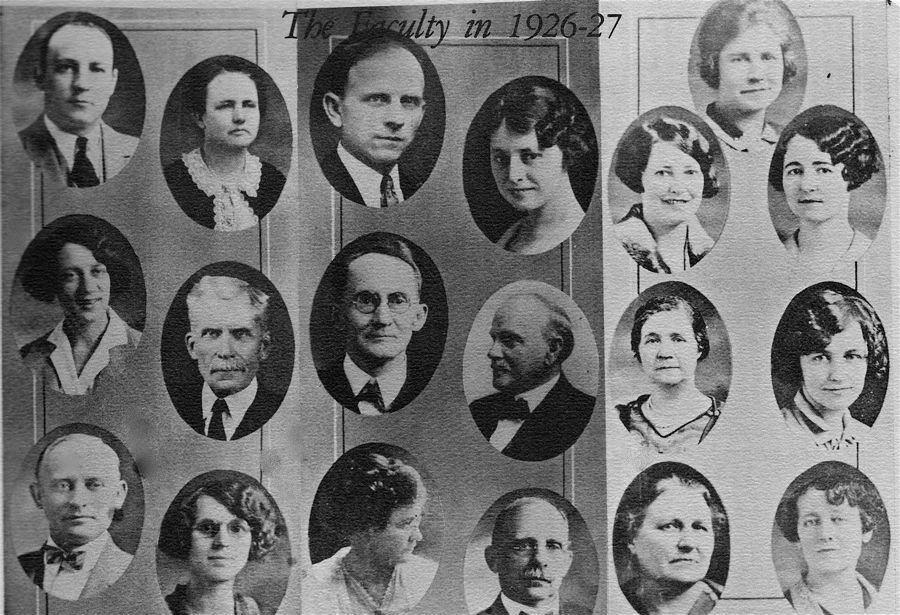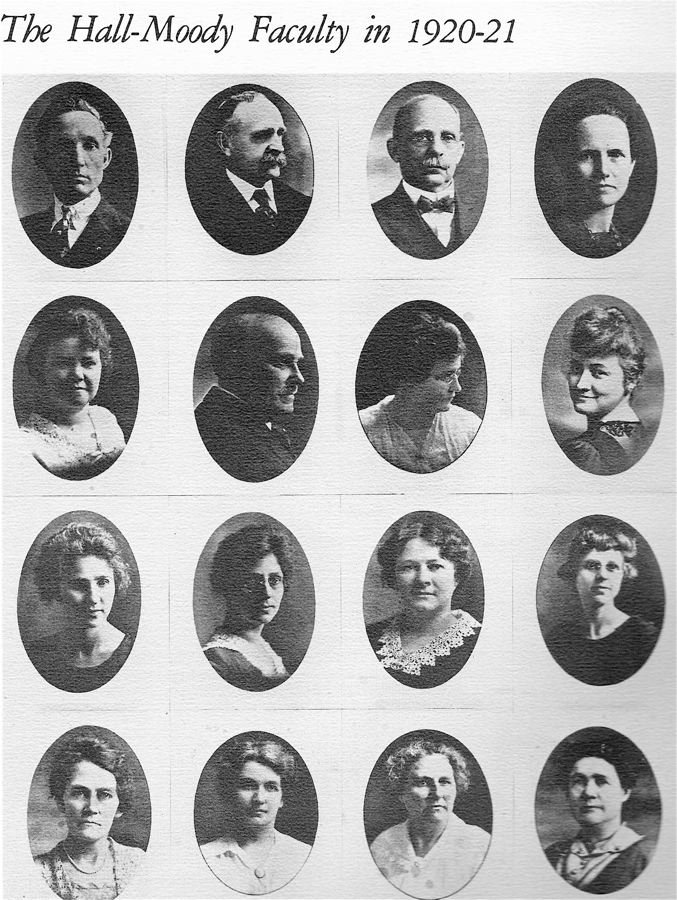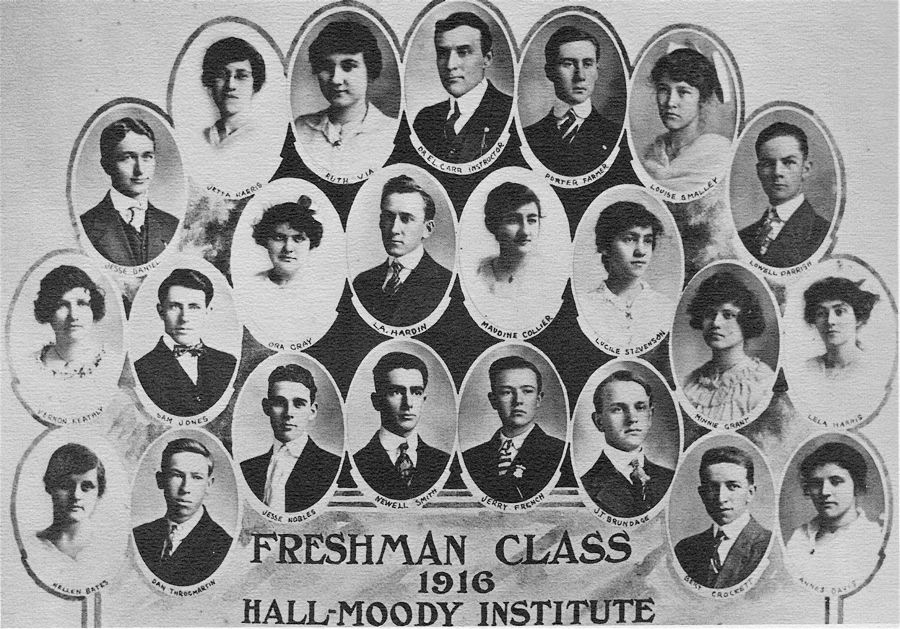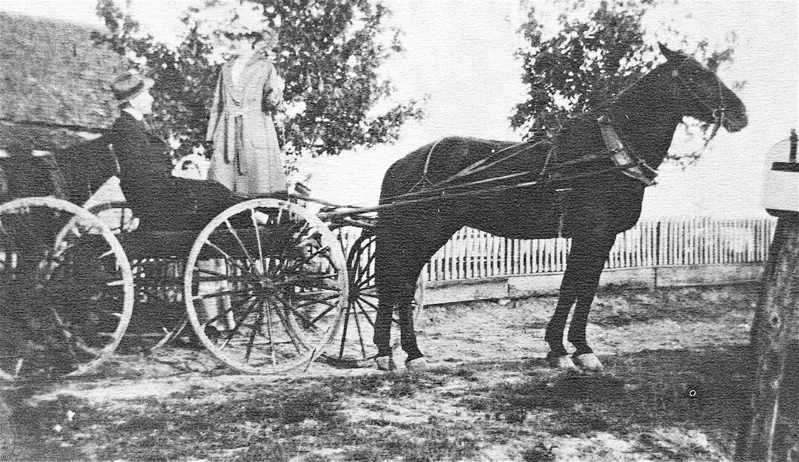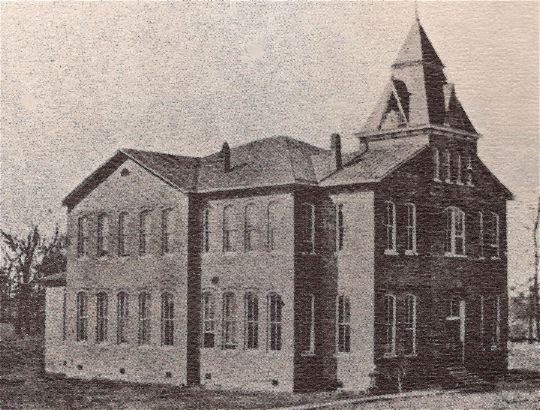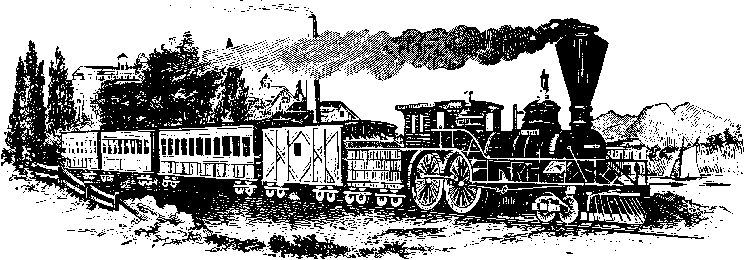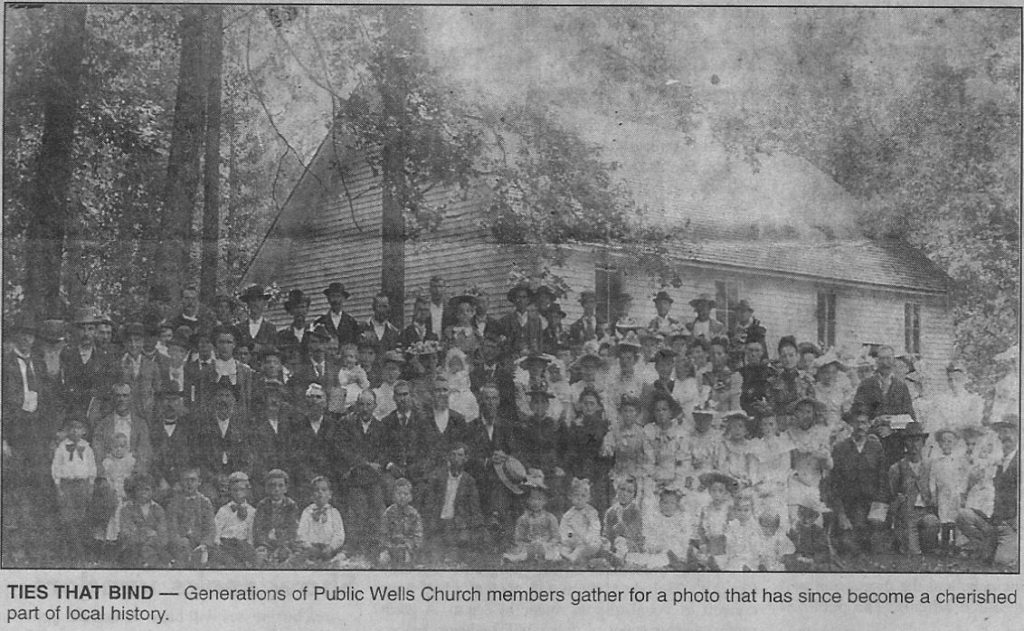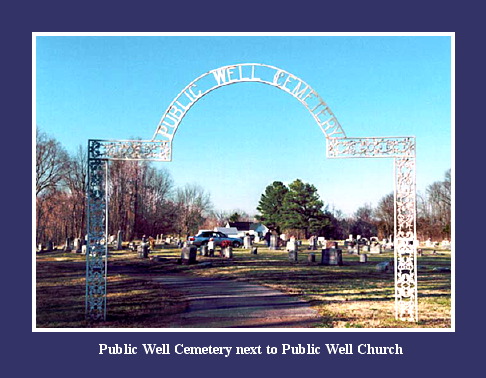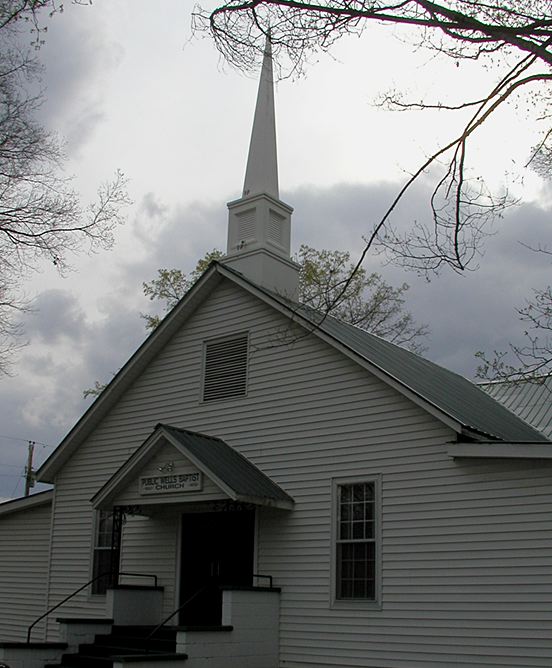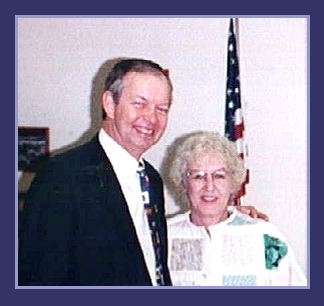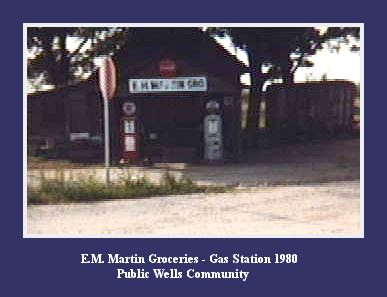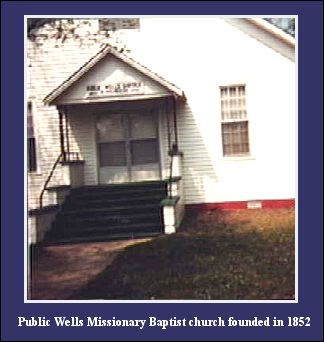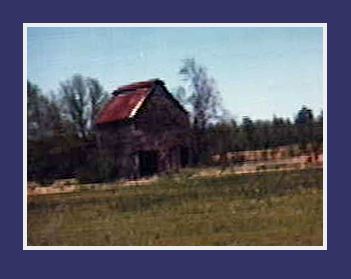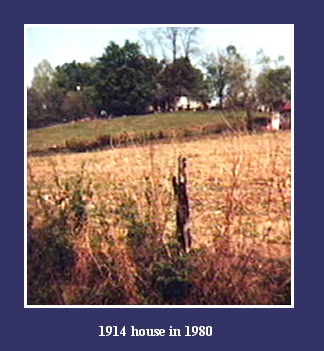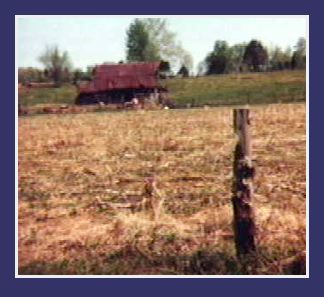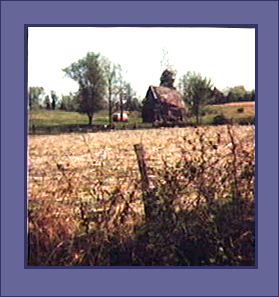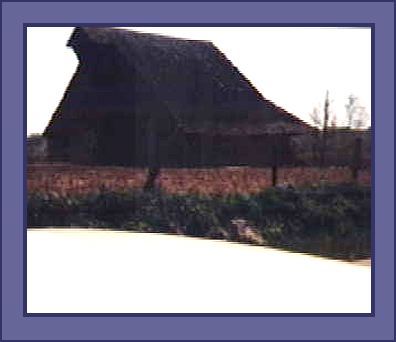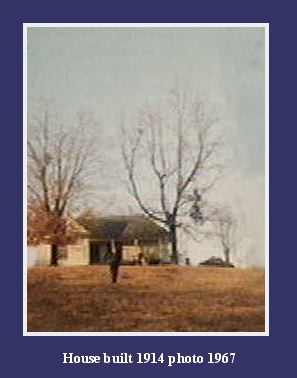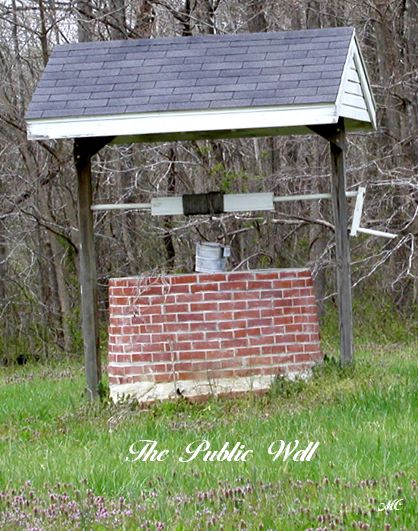Usually, an editor gives his reporter an assignment. This time, our Public Well correspondent, M. A. Miles, has given your editor one — that of writing the homecoming and decoration services there last Sunday.
It was an occasion of reverence and pleasure — tears in memory of departed loved ones and laughter of friends and relatives mingling together again. Although a stranger, I could feel the bond of deep friendship and “auld acquaintance” which existed among those present. Middle-aged men talked of the days when they went to school together just across the road from the church. Grandmothers visited together and recalled the days when they were girls in the community. Children romped down to the well, for a drink of water, just as several generations before them had pulled the bucket up with a rope. Some came from other places to be “back home” again just for a day, to pay respect to those who have gone and visit with kin and friends.
During the day, probably 500 people were there. At both the morning and afternoon services, the church was filled with some standing outside. And the program was worthy of the occasion and the large attendance. J. A. Miles, one who has lived in the community for seventy years, presided at both meetings.
After singing by the congregation and a special number by Mr. and Mrs. J. Q. Adams, the pastor, Rev. J. F. Powers, who has been preaching there for the past 18 years, introduced Rev. Daniel Lee Lawler, who delivered the morning sermon. Rev. Lawler, or Dan to all his many friends, who read this article, recently graduated from Carson-Newman, and now lives at Moodyville, Tennessee. He preached with deep feeling and sincerity, and was probably thinking of the years when he sat in the same church as a boy with loved ones who are sleeping in the nearby cemetery. A local boy, preaching at his home church to his lifetime friends, would naturally preach from his heart.
We stayed for dinner–naturally. With such hospitality and such friendship, we couldn’t have gotten away if we had wanted–and after looking over the long tables of cold meats and chicken, sausage, salads, eggs, pies and cakes, who would want to? Why try to elaborate on the dinner? Most of you have attended these events and know what it means to stand in the shade of big trees and visit and eat until you can’t hold any more. The only way for those who have never been privileged to enjoy one of these dinners, is to go to one and find out for themselves.
We enjoyed a visit with Mr. and Mrs. J. T. Miles, and their fine family of four girls. Mr. Miles, whose father presided, and who is a cousin of correspondent M. A. Miles, and probably many other Mileses there, is, as you know, the principal of the Martin Elementary school. Did I see “JTM” carved on one of the benches? Saw Olieon Rowlett, our neighbor barber here, with his wife, and boy. Also Mrs. G. A. Hurt, our Route 1 correspondent. Daughter, Bette, visited with high school students she knew. Mr. C. C. Templeton, who was raised in that community (along with lots of other Templetons); told me that I owed the event a good write-up, the way I ate. Mr. Templeton has never been a hungry newspaper editor.
M. A. Miles has been superintendent of the Sunday School at that place for 33 years, and admitted it gave him a thrill to have one of his former boys deliver the homecoming sermon. I was hoping someone would ask me “Are you one of the Jones boys?” I sure had the answer this time. I would have said, Yes, are you one of the Miles, Trevathan, Templeton or Adams boys? But, as always, when you have a wise-crack answer, nobody gives you a chance to use it.
Mr. Miles (M. A. to keep the Mileage straight) walked down with me to the well, where the name Public Well originated. He said that over a hundred years ago, a group sank a well in the flat space there, and since it was a cooperative job, it was called “Public Well.” Many buckets of water have been raised during that time. Took a picture of Willie Gardner drinking from the bucket, which leaks and cools you both internally and externally at the same time.
Then a walk in the cool shade, admiring the pretty scenery, but wishing for a “Tum” or soda to get rid of that stuffy feeling, caused by overeating. Saw Mrs. Geo. Walling, our Ralston correspondent. A man made a whistle for Bob, and we had to keep “shushing” him, as he wanted to blow it all the time.
The afternoon service was opened with a prayer by Pastor J. F. Powers. Mr. and Mrs. J. Q. Adams (I learned that the J. Q. stands for John Quincy) sang a duet. Charles T. Miles, the church Clerk, gave a brief history, saying that the church is 89 years old, being organized in 1852. The first members worshipped in the old Grange building near the cemetery entrance, and then in a log house, which some of the older folks can remember. The present building was erected in 1886. D. M. Fleming was the Moderator and Archabald Rowlett, clerk of the first Church, which had a roll of 84 members, including negroes, known on the roll as Sarah the black woman and Isaac the black man. Up to some years ago, it was known as Mt. Pleasant. One of the early pastors, T. A. Waggener, according to the records, was paid $25 per year. “Uncle” J. Q. Adams served as clerk from 1872 until 1893. W. S. Miles served 14 years, and J. R. Peery a number of years. The cemetery dates back to 1909 and now has 125 graves.
The pastors since Bro. Fleming have been as follows: T. P. Durham, J. H. Davis, Columbus Hall, T. H. Wright, P. L. Somers, T. A. Cole, W. F. Matheny, J. E. Miles, J. R. Clark, J. E. Glenn, H. W. Jackson, Lum H. Hall, A. A. Jones and J. F. Powers, since 1923.
J. A. Miles made a talk and then J. T. Miles sang, “Tell Mother I’ll Be There.” Rev. Powers introduced the afternoon speaker, the Rev. Tom L. Roberts, pastor of the First Baptist Church of Martin, who preached an eloquent and forceful sermon. Those who also attended the morning service really got a treat in hearing two fine sermons just a couple hours apart.
After the afternoon services, a large number walked over to the beautiful cemetery and decorated the graves of their departed loved ones, who rest in peace, in the quiet of their community they loved.
As I drove away from the scenic gathering place known as Public Well, and its hospitable, friendly people, two thoughts occurred to me. These Sunday all-day community services are one of the great American institutions, bringing people closer together in a bond of friendship and mutual understanding and service. I hope it never dies out, in this streamlined era when so many of our old customs are being discarded. Then, I hate war, but freedom of worship examplified in services such as those must be preserved at any cost and regardless of any sacrifice.
Membership Roll, Public Well Baptist Church
J. Q. Adams, Buford Adams, John H. Adams, Mary Adams, Annie Adams, Neta Adams, Mary K. Adams, Mildred Adams, T. H. Brock, Merrell Brock, Walter Burnett, J. H. Brown, Pauline Burnett, Estelle Bradley, Nelle Batts, Delia Mai Brock, Mary, Hazel Bell, Charlie Carter, W. H. Coleman, Lenox Coleman, John Carlton, Halbert Carlton, Mary Carlton, Ima Carlton, Leuvenia Coleman, Edna Coleman, Margaret Crockett.
Harry Davis, Cordie Davidson, Lula Davis, Lee Am Davis, Ludie Erwin, Dora Emmons, Audry Fay Evans, Virgil Fields, Odell Grubb, Clarence Gardner, Russell Gardner, Mollie Grooms, Mary Grooms, Iva Grubb, Queen Gardner, Clarence Highfill, Dalton Highfill, Marvin Highfill, Bill Harper.
Hal Hurt, Jack Higgs, James Higgs, Willie Hurt, Mrs. Ada Hurt, Maxie Highfill, Annie Highfill, Thelma Highfill, Mary Higgs, Fannie Harper, Overn Holmes, Bera Hudgins, Bertha Henderson, O. C. Jones, Leona Jones, Bessie Jones, Mrs. Carl Kenney, Will Kenney, Robert Lawler, Lenox Lawler, Zelma Lawler, James Lawler, Lora Lawler, J. A. McGehee, Charles T. Miles, Albert Miles, J. A. Miles, Mrs. J. A. Miles, B. F. Miles, Oliver Miles, J. G. Miles, Clyde Miles, W. T. Moore, Sr., Guy Moore, Robert Moore, Paul Moore.
Mary Miles, Ruth Miles, Ethel Miles, Carrie Miles, Alberta Miles, Charlene Miles, Sarah Miles, Emma McLain, Edith Moore, Douglas Morgan, Mrs. Sallie McGehee, Carrie Del McGehee, Buford Pleasant, Cecil Pleasant, Cora Pleasant, Elmie Pleasant, Gerry Phillips, Lamon Phillips, Charles D. Pair, Estha Pair, Dorothy Lee Pair, Lillian Rowlett, Willie Rowlett, Arvella Rowlett, Leroy Somers, J. A. Staulcup, Juddie Staulcup, Willard Stafford.
Rosa Stem, Lillie Somers, Rena Slaydon, John Thompson, May Thompson, George Templeton, Milburn Templeton, Jack Templeton, Charles M. Templeton, Clint Trevathan, Charles Trevathan, George Trevathan, Mildred Trevathan, Martha Sue Trevathan, Mary Louise Trevathan, Nancy Templeton, Mattie Templeton, Ora Templeton, Lula Templeton, Alice Taylor, Gladis Lee Taylor, Lizzie Vincent, C. R. Waggener, Flossie Wash, Ophelia Williams.
Submitted by Rebecca Holder |
